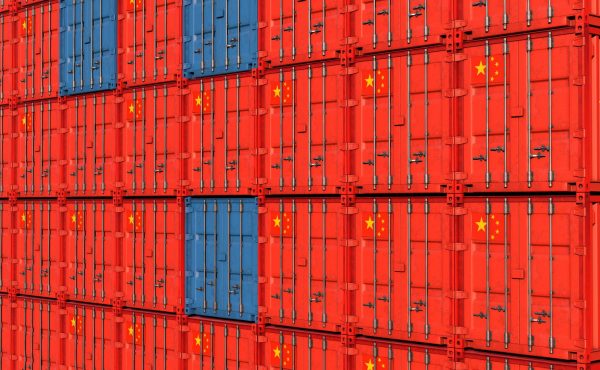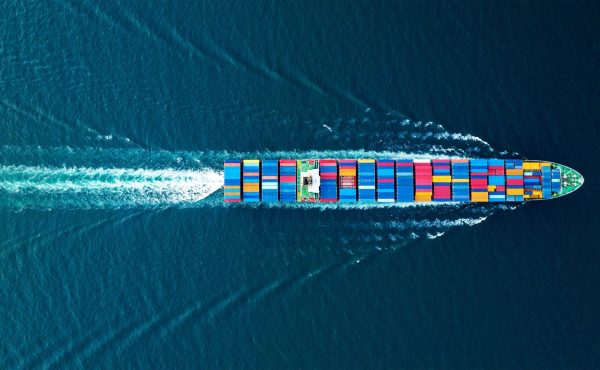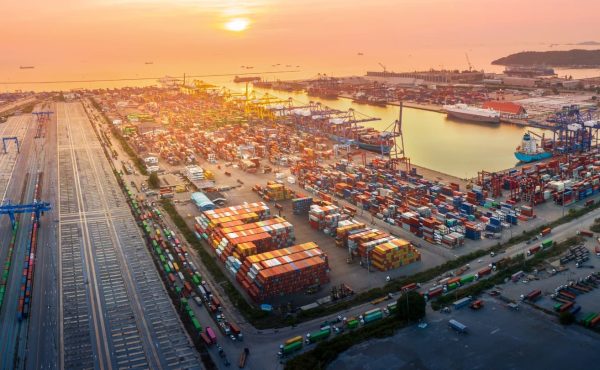How the shipping container revolutionized global logistics
The history of transportation and logistics would not be the same without the invention of the shipping container. In the 1950s, a simple but revolutionary change in the way goods were transported improved global trade forever. This change not only facilitated the transportation of products internationally, but also increased efficiency, reduced costs and contributed to the growth of world trade as we know it today.
The origin of the shipping container
Although the concept of cargo containers existed in various forms, it was not until 1956 that Malcolm McLean, an American businessman, took the idea to another level. McLean, the owner of a trucking company, realized that loads were not optimized for efficient movement between different modes of transportation.
As a result, McLean developed the first standard 20-foot-long container, known as the “McLean container”, which could be transported by ship, truck and train without the need to unload and reload the goods each time. This innovation meant that products could be loaded and unloaded much faster, without the need for manual handling, saving time and resources. In 1956, the first standardized shipping container traveled from New Jersey to Houston, marking the beginning of a new era for international logistics.
The creation of the container drastically changed the way goods were transported. Before containers, goods were loaded and unloaded manually in ports, a time-consuming process that was prone to frequent errors.
The standardization of the container facilitated multimodal transport, i.e. the use of different means of transport (ship, train, truck) without the need to unload and handle the products at each stage of the journey.
The impact of containers on international trade is unquestionable. According to some studies, the use of containers has made it possible to reduce transportation costs by 90%, which has facilitated the expansion of global trade, especially in markets such as Asia, opening up new trade routes. Key ports such as Shanghai, Singapore and Rotterdam became major global distribution centers, while other ports, such as Los Angeles and Barcelona, also saw considerable growth in container traffic.

The future of containers and logistics
Nowadays, the shipping container is still the most widely used method for transporting goods, with a range of different sized containers, the most common being the 20-foot (with a capacity of 33 cubic meters) and the 40-foot (with a capacity of 67 cubic meters).
At Logisber we help to transport goods in containers to any place in the world with the aim of providing optimized, fast and safe logistics solutions. The future of logistics is increasingly interconnected, and the container continues to be a fundamental pillar in that process.
Categorías
Compartir








